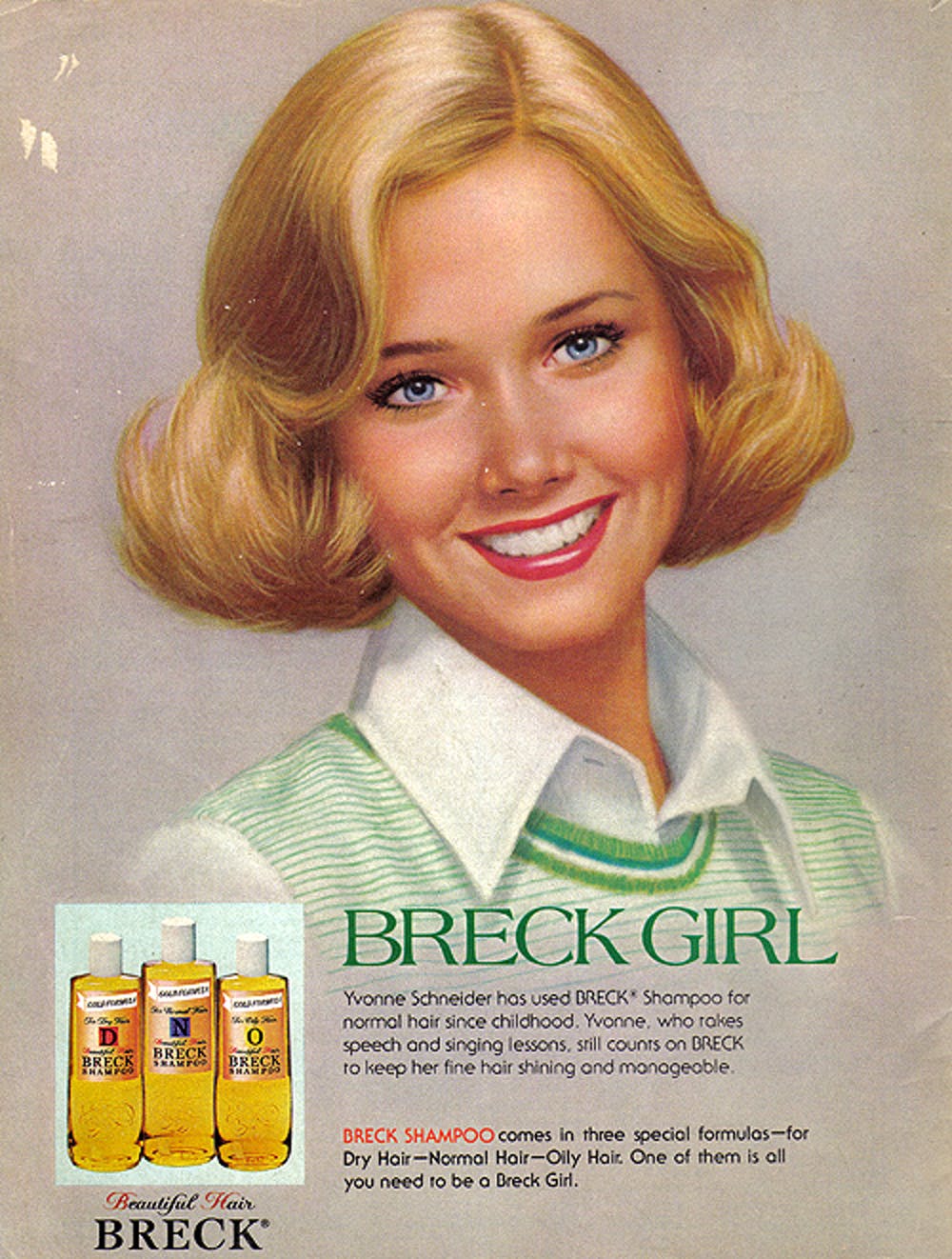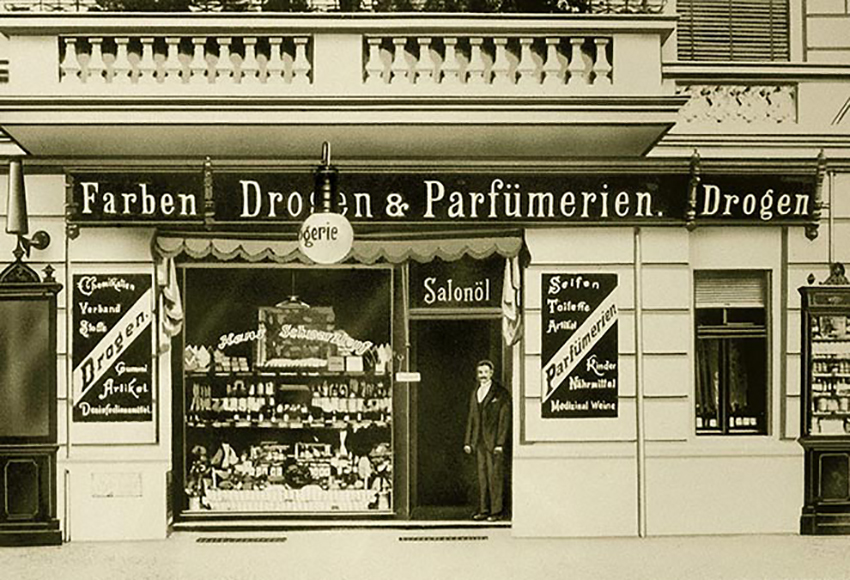The word shampoo comes from the Indian Hindu word Champo शैम्पू which is derived from the Sanskrit root Chapati which means to knead, press and soothe.
In ancient India they used a mix of herbs, flowers and extracts such as Neem, Brahmi, sandalwood, turmeric, rose and hibiscus combined with Sapindus from tropical tree saps as well as Shikakai which are potent soap berries/ soap nuts for cleansing of the hair.
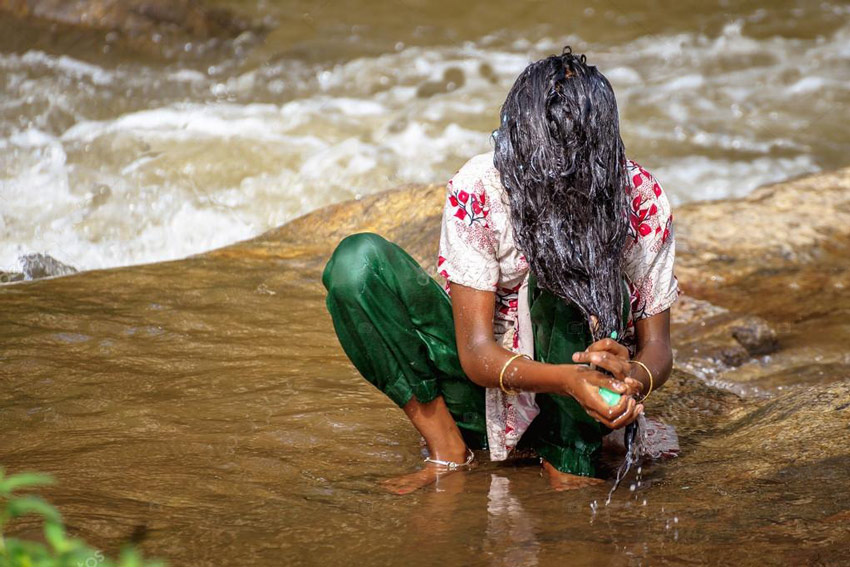
Back in the Egyptian days, they used plants and flowers with their essential oils combined with animal fat and vegetable oils with alkaline salts to form a soap-like product for cleansing skin and hair.
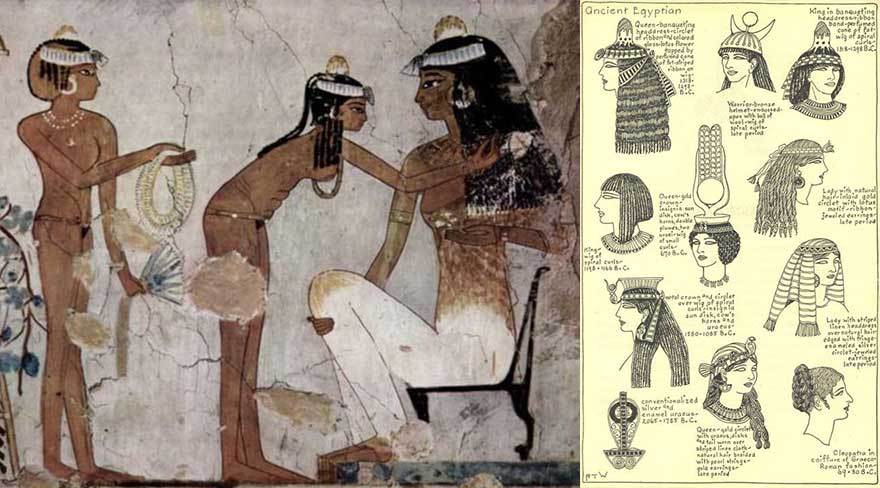
The first shampoos used in Indonesia were made from the husk and straw of rice which we’re burnt into ash.
The ash ( with alkaline properties) was mixed with water to create foam and lather followed up with coconut oil for shine and softness.
In Japan, women would traditionally style their hair with Camellia oil which would be cleansed with soap and Sodium Carbonate.
 In ancient China, they used a mixture made out of the Cedrela plant which has a woody fragrance.
In ancient China, they used a mixture made out of the Cedrela plant which has a woody fragrance.
The Romans cleansed the hair with Lye soap a mixture of ashes and lard or other oils and fats.
It wasn’t until 1927 when Hans Schwarzkopf who ran a small drugstore in Berlin, Germany came up with his first innovation a powdered hair shampoo which lathered up with water but in 1930 had a massive breakthrough creating the first liquid shampoo followed up in 1933 with the world s first soap-free/non-alkaline shampoo.
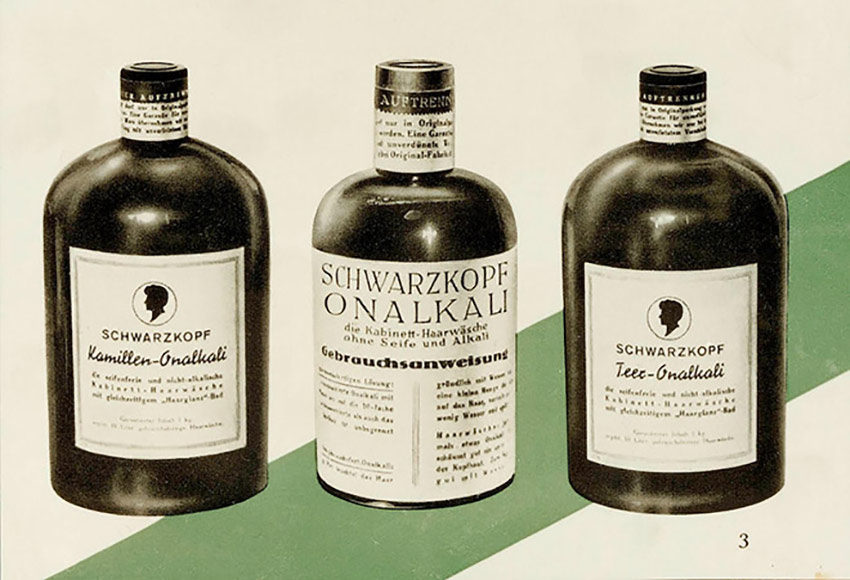
Across the big pond in Springfield, Massachusetts in 1930 dr John Breck created a liquid shampoo in North America and founded Breck shampoo.
